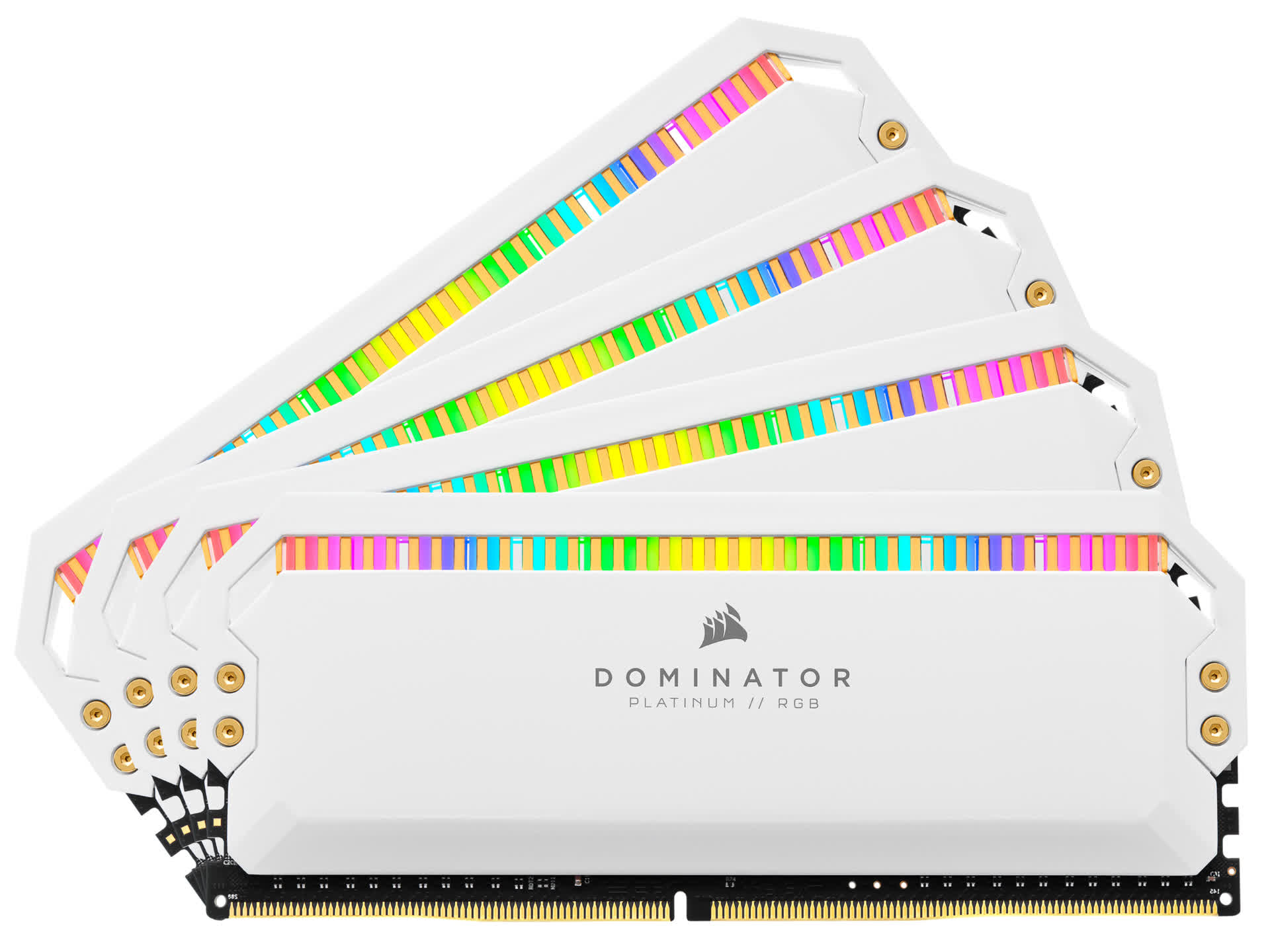In context: DDR5 modules will be faster and hold more memory than DDR4 ever did. That's partly due to the shift of power management ICs and voltage regulating modules from the motherboard to the module itself, increasing the number of heat sources therefore generating more heat.
Many believe DDR4 and older modules do not generate enough heat to justify the use of heatsinks, but because of some inherent changes of DDR5 memory, it looks like decent cooling solutions will be needed. One such difference is the move of power management ICs (PMIC) and voltage regulating modules (VRM) to the module, generating more heat compared to their predecessors.
"DDR5 conceivably could run much hotter than DDR4. They have moved voltage regulation off the motherboard itself and now it is on the [module], so you actually could be pumping a lot more heat," stated George Makris, DIY marketing director at Corsair.
In Corsair's case, they will use its DHX technology, which uses fins to dissipate heat from the outer part of the chips, and another set of fins to cool the inner part. This technology was first used in its Dominator DDR1 modules and has since been used on all other Dominator series modules until now.
Also read: Anatomy of RAM
Now that DDR5 modules will include the PMIC and VRM on the PCB, these will need to be cooled. Corsair will probably take care of them by upgrading its DHX solution, but other manufacturers will also have to adapt their solutions to meet the new cooling needs.
DDR5 memory is already out in the market, but there's an absence of platforms supporting it. That's expected to change later this year with the release of Intel Alder Lake a.k.a. 12th generation Core processors.
Meanwhile, memory manufacturers have been showing off some specifications of this new type of memory, capable of reaching 12,600MT/s speeds and up to 128GB per module while operating at up to 1.6V.
